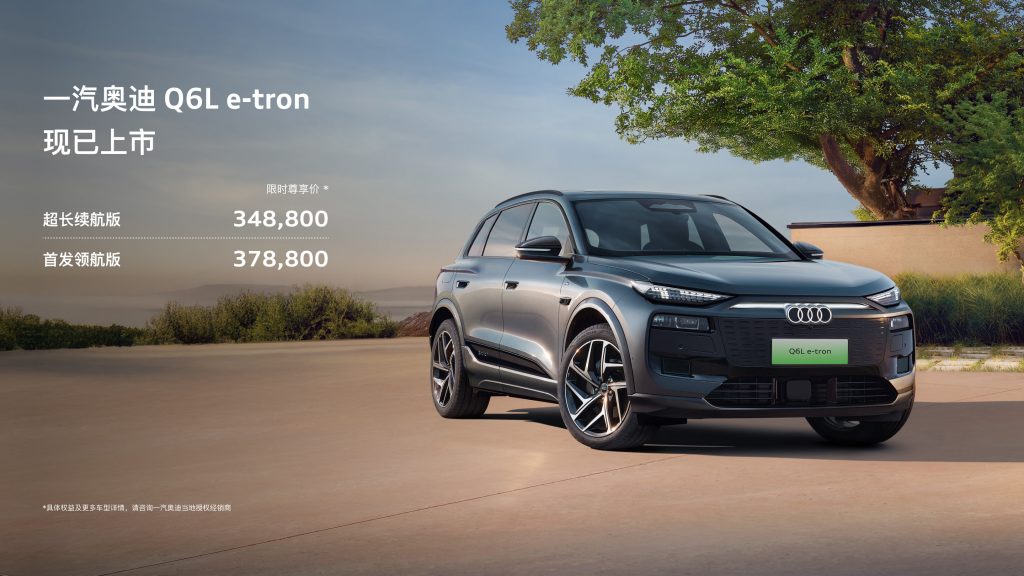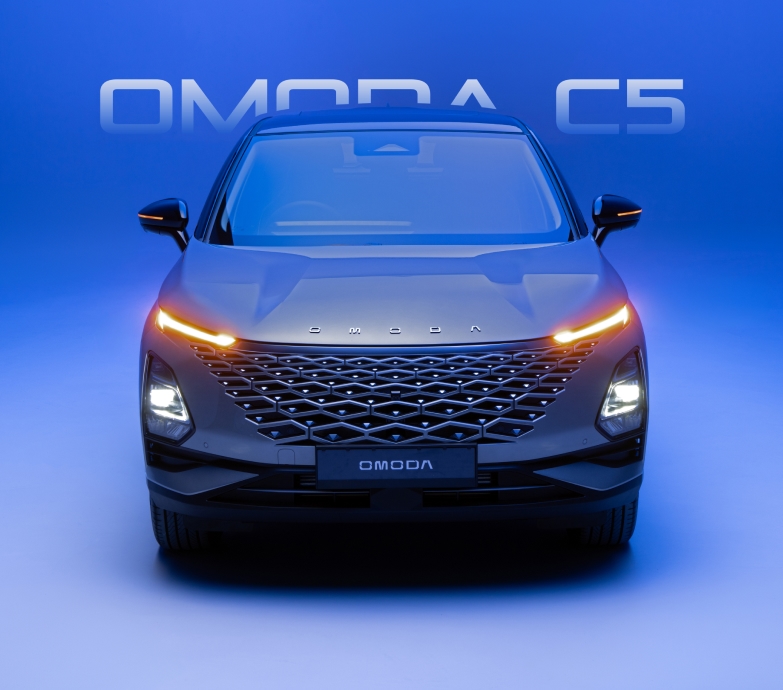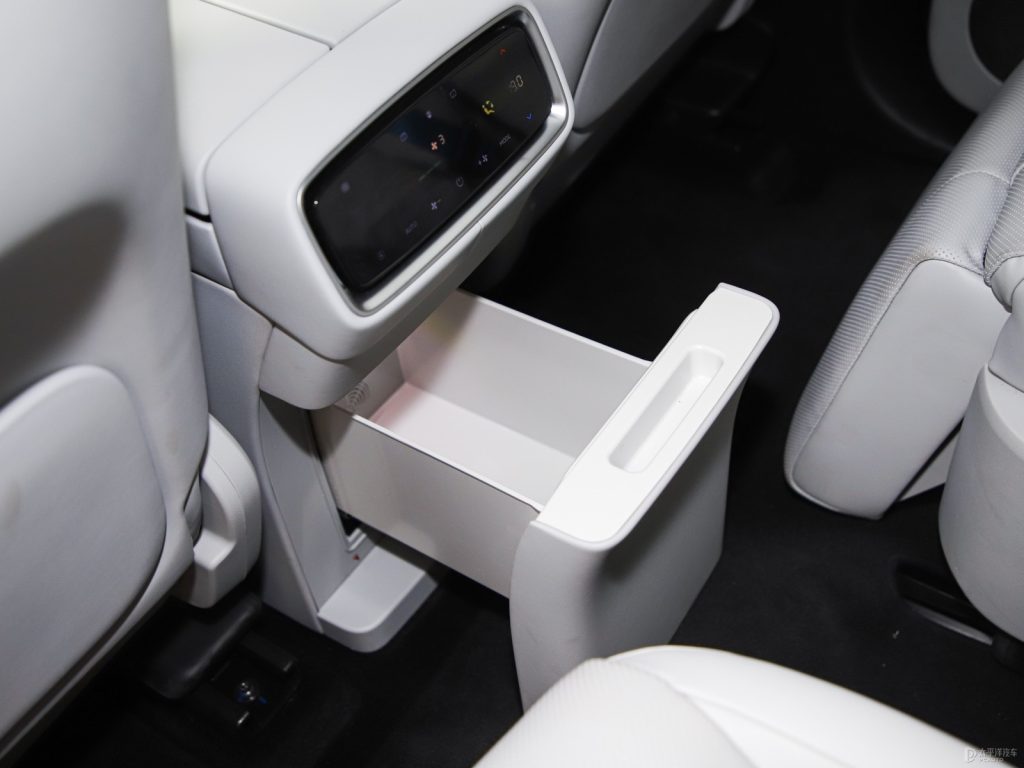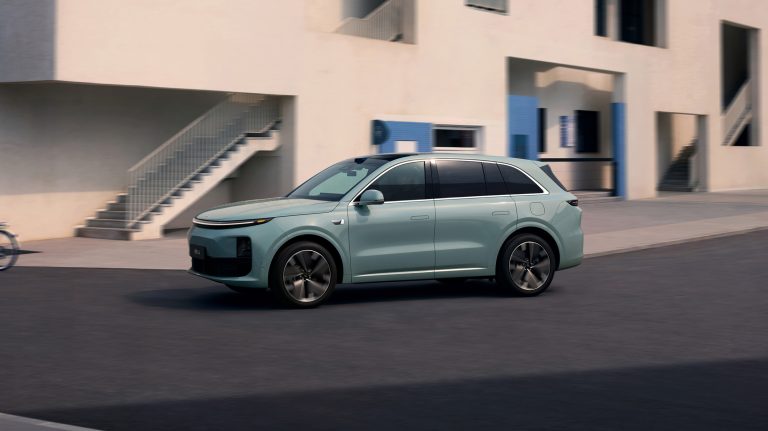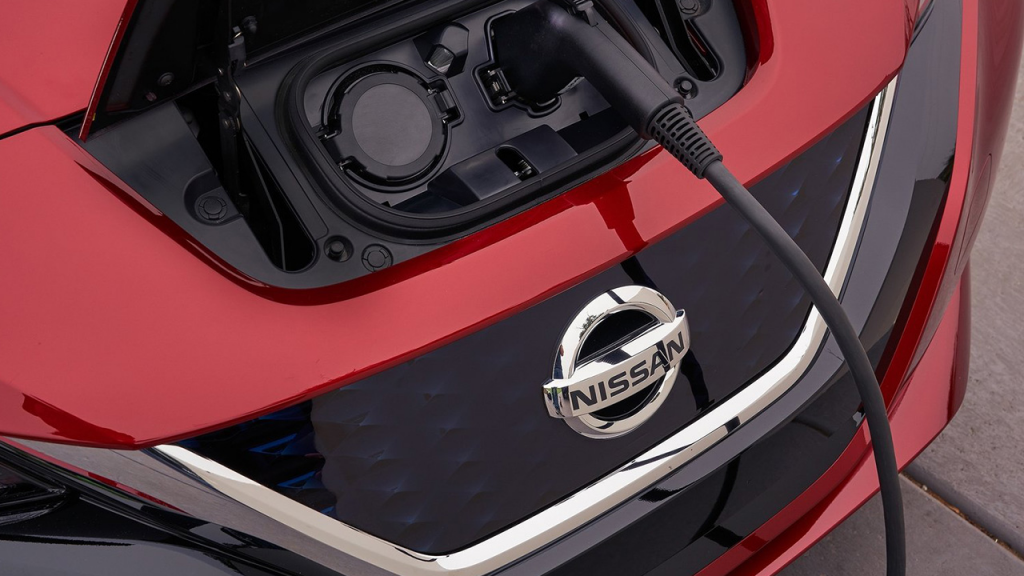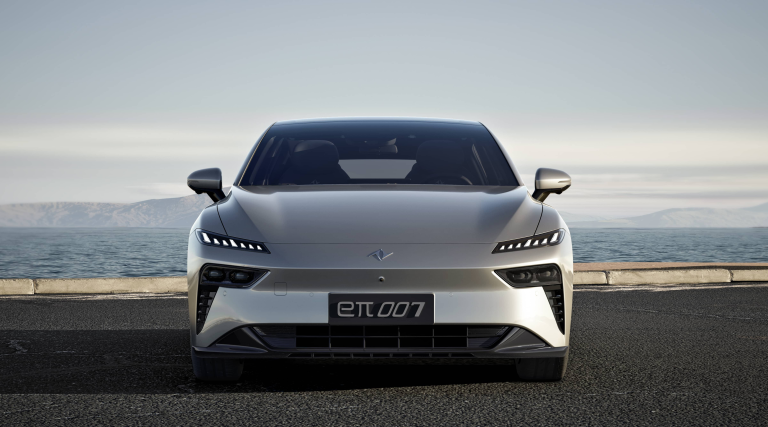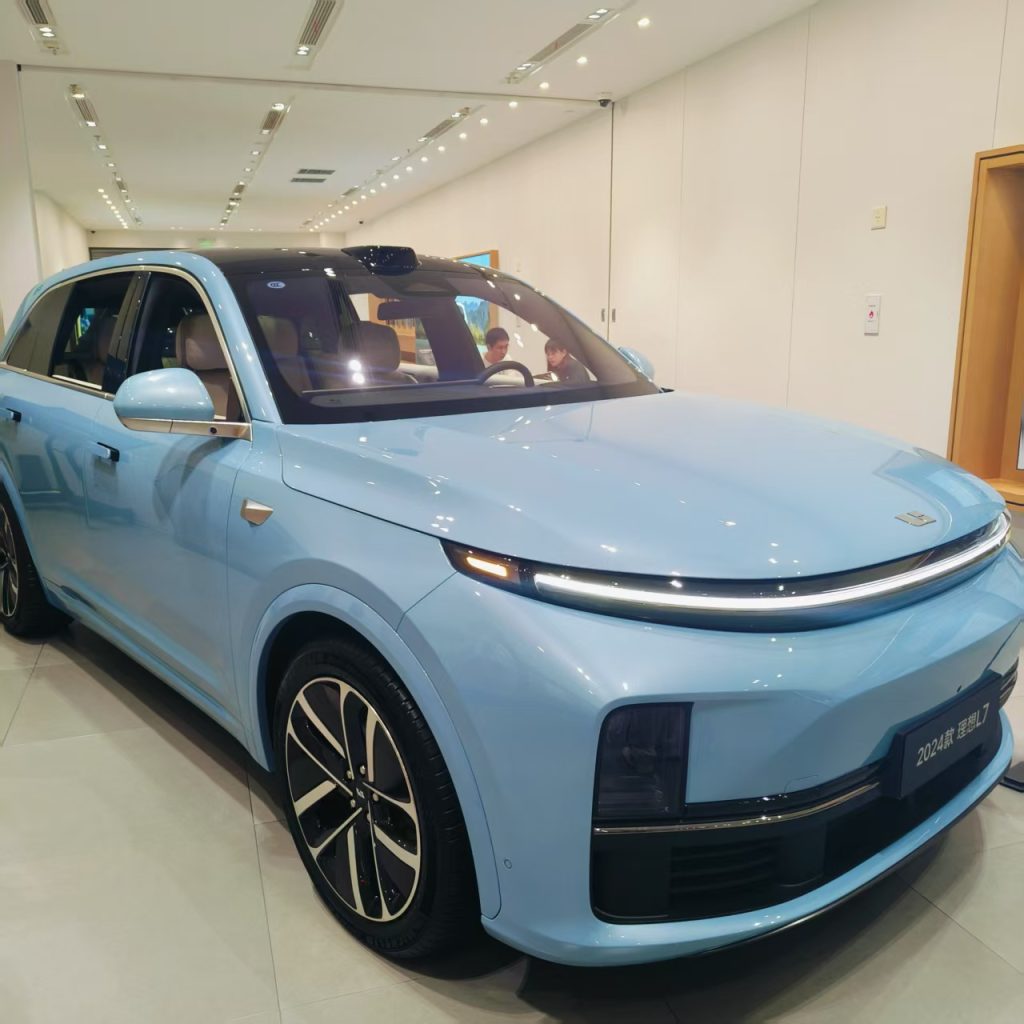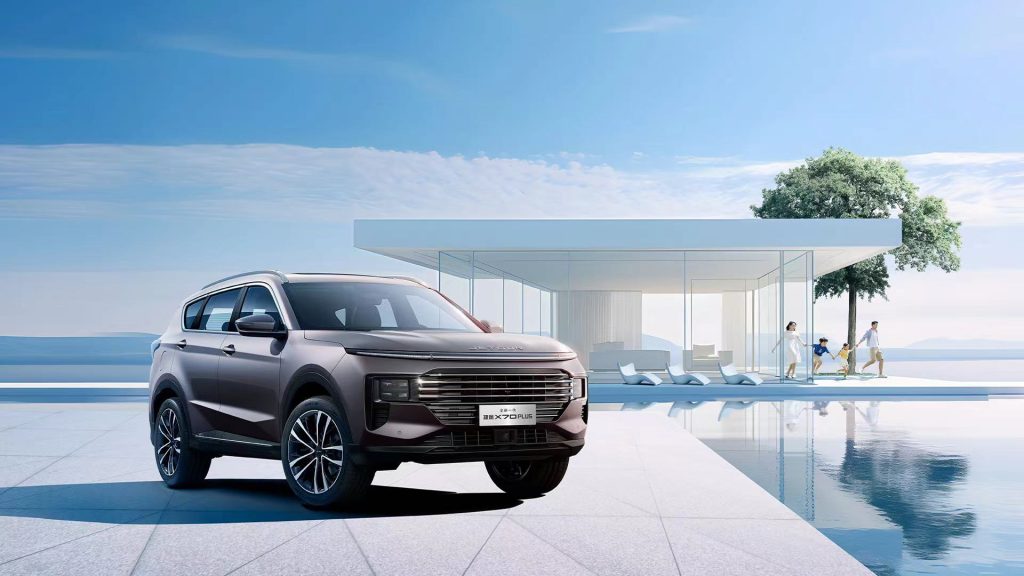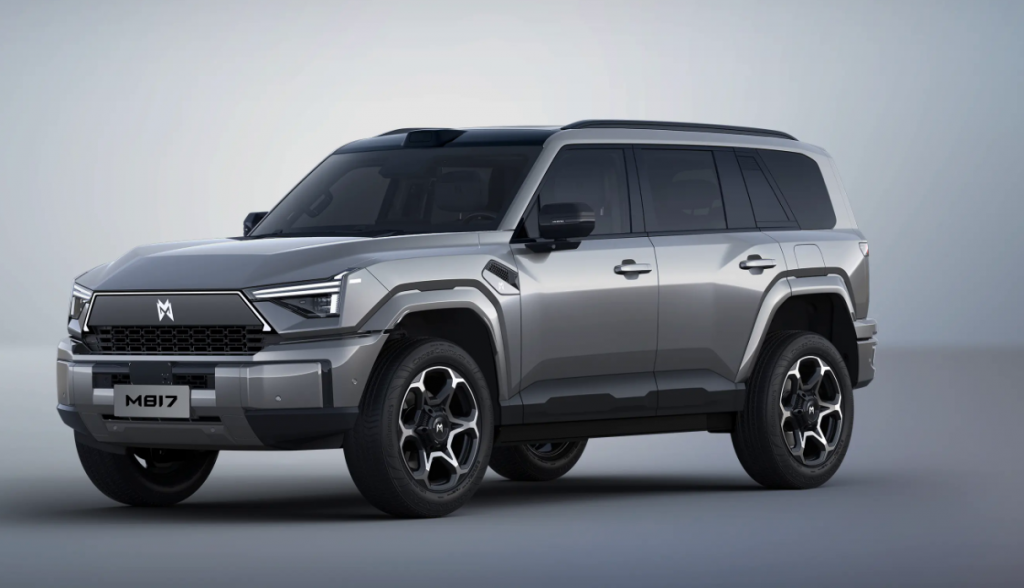When Zhang Xiaofang, a 23-year-old administrative specialist from Haikou, ultimately chose the BYD Song over the Volkswagen ID.6, this seemingly ordinary car purchase decision reflected a profound transformation taking place in China’s new energy vehicle market. Her reason for rejecting the more expensive Volkswagen model was simple yet groundbreaking: “I came across BYD’s tech appeal on Douyin, and all my friends say BYD is the best.”

Behind this straightforward statement lies the collapse of the brand markup rule that the traditional automotive industry had upheld for decades. Sales data from January to August 2025 shows that BYD’s share in China’s new energy vehicle market rose to 38.7%, while Volkswagen’s share dropped to less than 8% during the same period. Zhang Xiaofang’s personal choice is a microcosm of this silent revolution.
The Cognitive Battlefield: Three Decision-Making Principles Reshaped by Gen Z
In terms of information acquisition, Zhang Xiaofang’s behavior is highly representative. Her decision-making sources are prioritized as follows: the Douyin platform, recommendations from friends and family, content on Weibo, and finally, the official corporate website. This order reveals a fundamental shift in the cognitive formation mechanism of today’s young consumers. The Douyin platform continuously pushes BYD-related content based on her browsing preferences, creating a brand reinforcement effect similar to an information cocoon. It is worth noting that the official websites, which automakers have invested heavily in building, occupy only the last position in the decision-making chain. Young users prefer algorithm-driven information delivery. Research data indicates that Gen Z consumers encounter an average of 11.7 digital touchpoints before purchasing a car, with social media platforms accounting for 68% of these.

In terms of trust-building mechanisms, Zhang Xiaofang’s rejection of Tesla stems from “too much negative news,” yet she readily accepts her friends’ assertion that “BYD’s new energy vehicles are the best.” This phenomenon reveals that when the credibility of the public information environment declines, personal networks become a risk firewall for consumer decision-making. Particularly noteworthy is the leverage effect of the gender knowledge gap: as a female consumer, she actively seeks technical endorsements from male friends and relatives, reflecting an implicit decision-making division of labor in the automotive consumption landscape.
Brand Offense and Defense: Local Automakers’ Cognitive Dimensionality Reduction Strike
At the brand perception level, Zhang Xiaofang defines BYD as “technologically advanced” but describes Volkswagen as “relatively traditional”—even though, from a technical parameter perspective, the Volkswagen ID.6’s AR-HUD system is actually superior to BYD’s DiLink system. This cognitive bias stems from multiple factors: BYD’s mobile app control function enables the air conditioning to start in just three seconds, creating a strong scenario-based experience; in terms of information dissemination density, the Douyin platform pushes an average of 17 BYD-related content pieces daily, while Volkswagen-related content averages fewer than five pieces; in technical language conversion, BYD sales staff use everyday analogies such as “brake response is as smooth as smartphone touchscreens,” while Volkswagen salespeople tend to explain parameters using professional terminology.

When asked about Volkswagen’s user profile, Zhang Xiaofang immediately responded, “Probably driven by civil servants,” but when pressed on the difference with BYD users, she clearly stated, “There’s no difference.” This iconic moment signifies the failure of the class identity system that foreign brands have painstakingly built over decades.
Channel Undercurrents: The Overlooked Understanding Gap
In the sales service process, Zhang Xiaofang’s experience exposed a profound cognitive gap. Volkswagen salespeople habitually recite technical parameter sheets, leading to user comprehension barriers, while BYD salespeople translate technical features into everyday language, such as describing braking performance as “as responsive as smartphone touchscreens.” This disconnect between engineer thinking and user language directly leads consumers to evaluate Volkswagen as “professional in explanation but irrelevant in answers” and BYD as “thorough and easy to understand.”
In customer relationship management, Volkswagen’s high-frequency outreach of five invitations within three days is perceived by users as harassing marketing, while BYD adopts a strategy of three precise touchpoints over two weeks, preserving decision-making thinking space for consumers. According to a 2025 survey by Auto Home Research Institute, excessive marketing behavior leads to a 42% decline in store visit rates and a 27% reduction in sales conversion rates.

Pricing System Collapse: Restructuring the Value-for-Money Formula
Zhang Xiaofang’s direct reason for abandoning Volkswagen’s new energy vehicle was that it was “100,000 yuan more expensive,” but the underlying logic is that young consumers have restructured the value-for-money evaluation system. In the cognitive framework of Gen Z, the value-for-money formula has transformed into the “ratio of perceived technological intensity to price.” While BYD builds high-perceived value through visible tech features like mobile remote control and intelligent voice assistants, Volkswagen continues to emphasize invisible craft advantages such as body rigidity and chassis tuning. This misalignment in value proposition causes Volkswagen to exit the cognitive battlefield prematurely.
“It feels outdated right after purchase”—Zhang Xiaofang’s offhand remark reveals the harsh reality of the intelligent electric vehicle industry. Data shows that Chinese automakers’ software function iteration cycle averages 1.8 months, and vehicle platform updates occur every 28 months, while foreign automakers’ corresponding cycles are 6.2 months and 52 months, respectively. This generational gap places foreign products in a dilemma of appearing outdated even before launch.
Strategic Insights: Survival Rules in the Cognitive Battlefield
Facing this cognitive revolution, automakers need to build three core capabilities: First, integrate algorithm platforms like Douyin and Xiaohongshu into the core channel system, transforming official websites from information silos into service hubs; second, establish a technical language conversion system, training sales staff to use scenario-based analogies instead of parameter recitations; third, increase the proportion of visible technology in R&D budgets, suggested to be no less than 30%.
In user relationship management, companies need to establish a pulsed outreach model: early-stage precise content push via algorithm platforms, mid-stage reinforcement of friend and family endorsement effects through key opinion consumer experience videos, and late-stage provision of a no-pressure decision-making space in physical channels.
Conclusion: Deep Warnings of Cognitive Generation Gap
The profound significance of Zhang Xiaofang’s case lies in revealing a harsh reality: while German engineers optimize brake response times by 0.01 seconds in laboratories, Chinese consumers are passing brand value judgments through 15-second Douyin videos. This cognitive gap is harder to bridge than technical disparities. As Tesla CEO Elon Musk stated at the 2025 earnings meeting: “In the development of global AI companies, Tesla and SpaceX will lead, but the 2nd to 10th places will likely be Chinese companies.” The final outcome of this silent revolution will be a complete restructuring of the entire automotive industry’s cognitive framework.
(Source: Interview with Ms. Zhang, a BYD car owner in Guangdong)

